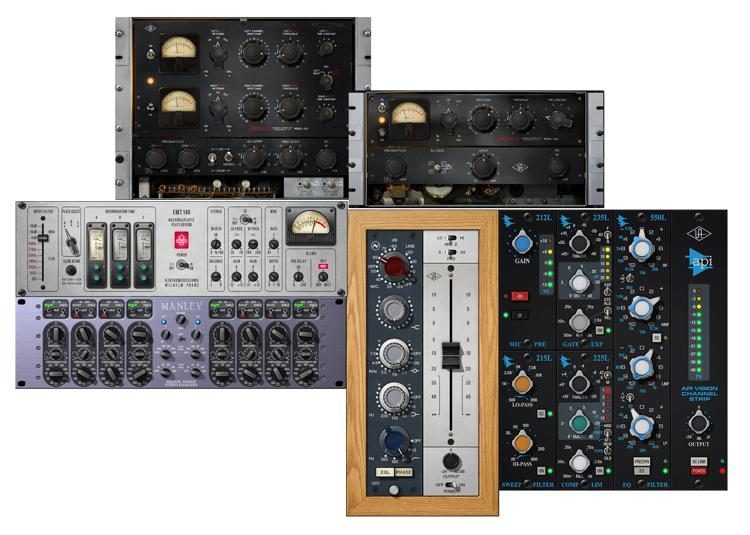
I had my USB midi keyboard plugged into the computer, and the USB audio interface (Tascam US2x2) sending sound out of the computer. I have been looking into this problem and no one online came up with one extra solution which made a big difference for me: Generally, anything under 10 - 20 ms is pretty good, although many musicians can be annoyed by more than only 5 ms. At that point you will have found the lowest latency possible with your configuration (interface, software, etc.). Keep increasing the buffer size until the problems go away.

If there are any problems, increase the buffer size one step and try again. The way to optimize the buffer is to set it as low as possible and then play back the audio or play the virtual instrument while listening for audio problems. The longer the delay introduced by system components, the bigger the buffer has to be to prevent drop outs, clicks, or pops. If the playback of the audio isn't "slowed down" a little bit with a buffer, then there can be clicks, pops, and drop-outs if the source of the audio or a processor is too slow in feeding the audio to the interface. The reason why buffers are used is because different systems inside a computer have different amounts of delay in how quickly they can access and/or process recorded audio or instrument samples. The purpose of this bit of memory is specifically to increase latency. Understand how audio buffers work and set them appropriately.Ī buffer is a piece of memory set aside by the system.Use as high a sample rate for audio playback or processing as possible.Use or get as fast a processor as you can, OR use external processing for audio plug-ins, such as the UAD external DSP system from Universal Audio.Built-in audio inputs and outputs are unlikely to have low latency. Get a low-latency interface that operates on a low-latency bus (thunderbolt if possible, Firewire 800 or USB 3.0 if you have those busses available).Can someone please tell me of a way to get rid of the latency and monitor real time, just as I am playing the synth, in reaper? Also, alternatives to reaper that seem to be eradicating this problem are welcome in case we can't find a way to fix it in reaper. I searched for solutions and did whatever they said: I installed ASIO4ALL, tried changing the buffer size as was said at the cocos forum, tried changing the latency settings in reaper but none of them worked. Keyboardists would understand why I need to hear exactly what is getting recorded. But I want to be able to hear the VST's sound output from my computer real time without latency. What I am doing at the moment is plugging my headphones into the synth, so I can hear what I play directly from the synth, while the audio gets recorded in reaper via the VST plugin. I tried using several VST plugins, all downloaded from VST4FREE plugins for piano, drum machines, etc., but I face the same problem for all of them. The keyboard works perfectly and I am able to record and export tracks but the problem I'm facing is latency in audio output from my computer when I try to monitor real time.

As the MIDI keyboard, I am using my synthesizer - the Roland XPS 10.
USING UNIVERSAL AUDIO PLUGINS LIVE SOFTWARE
I am using Cocos Reaper as my DAW software and am trying to record piano tracks using VST plugins downloaded from VST4FREE.


 0 kommentar(er)
0 kommentar(er)
